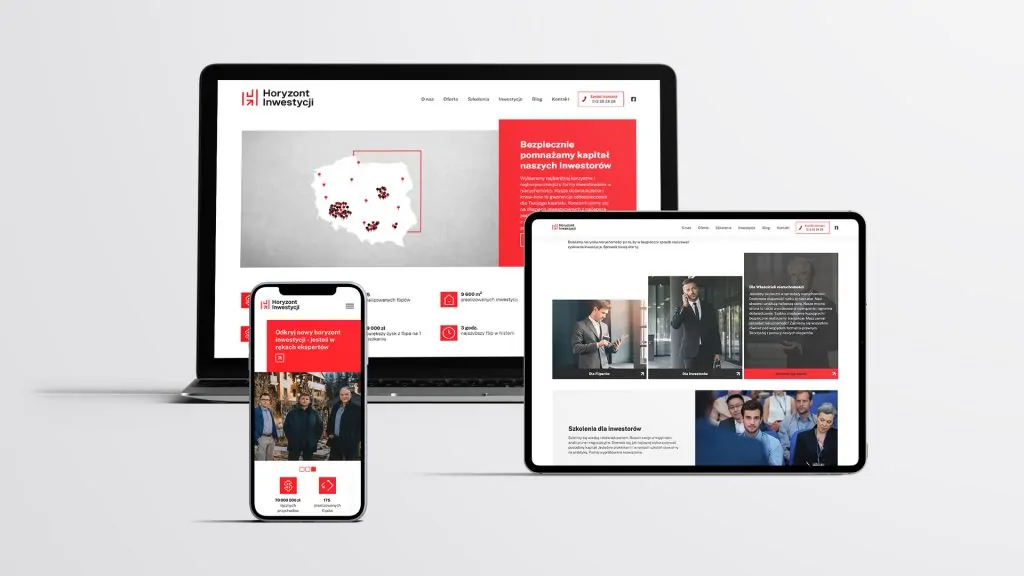The sampling campaign is one of the ways to strengthen the product's presence on the market, increase brand awareness and increase sales. Sampling has a very simple message: do you believe in your product? Make it available to potential customers in small amounts for free to make them believe in it too!
The sampling campaign actually means much more than just giving away free samples to potential customers. Sampling products requires a balance between customer service skills and sales skills. Why? The point is not that the recipients of the samples are simply happy that they have received something for free. The sampling campaign is to contribute to the fact that potential customers, due to the experience related to the brand, will come back for more.
Share sampling - what is this?
73% consumers say they are likely to buy the product after trying it out. Only the 25% says the same thing after watching a TV commercial. It's hard to argue with numbers. It is difficult to argue with something that probably everyone knows: people like free stuff. They like free food, free clothes, free drinks. Everything they get without paying. That's why sampling is one of the best things a company can do to attract customers.
Sampling action, that is, donating product samples, helps consumers to understand better what the product really is. What texture, taste or smell it has. A company can reassure customers that its product will make their skin healthier, their mind sharper, their body healthier, and their home smelling clean. However, these are just words - for many public relations no cover. Thanks to sampling, customers can see for themselves what a specific product looks like and how it differs from the products offered by the competition. A brand may list celebrities, doctors, or other experts who use and recommend its products. However, as long as the consumer does not try and gain his own experience, he will not know whether he likes the way it tastes, smells, or is affected by the product. This experience and people's ability to use their senses to discover a product are very important.
Do you offer an excellent product / service?
Increase brand awareness and you will increase sales.
Sampling and the process of making a purchase decision
When customers want to make a purchase, they go through the so-called purchasing decision process. Before people start looking for information about a potential solution, they must first realize that they have a need, a desire to be satisfied, or a problem to be solved. Only later do they consider a specific solution and its alternatives. When choosing between the various options available, a huge amount of information influences the buyer's decision. Price, product availability, social proof, and personal preferences or prejudices play a big role here.
The sampling action, or in fact providing a product sample, is interrupted by the omnipresent flood of various information. It can also help persuade a customer to make a purchasing decision that is beneficial for the company. Chosen target group can try the product herself. This direct experience provides a more rational way to evaluate and appreciate the solution offered by the product.

How to conduct an effective sampling action?
The sampling action can take many forms. For example, product samples can be:
- distribute during special events, e.g. fairs,
- distribute in the store or near the store,
- insert as inserts for newspapers or magazines,
- distributed as advertising mail.
Samples can also be sent to customers in the form of free additions to other products. An example of such an arrangement is a toothpaste sample attached to the mouthwash. Another variant is the sampling attached to another product after purchase - e.g. a laundry detergent sample, which is included with the new washing machine.

Equally effective and profitable is the distribution of samples by an industry partner related to the company by the nature of the business. Recently, I received a free sample of a new moisturizing cream from a beauty salon receptionist along with a discount coupon entitling me to purchase a full-size package of the product. It is a perfect example of putting a product in the hands of a consumer who has a specific need to fulfill and therefore is able to appreciate its value. The sampling action can be an important first step in persuading the consumer to try the product for the first time. It can also be the first step in creating an emotional connection between the company's product and the target consumer - a supportive activity branding. This emotional connection is the basis for building brand loyalty.
Sampling action - what to watch out for?
Let's assume that the company is convinced: a sampling campaign is about to start. It aims to attract new buyers, increase audience diversity and encourage existing customers to buy more products. However, before a company allows its clients to try everything it has on offer, it needs to know one thing. Offering too many samples may be counterproductive.
When people have one or more products to test, it seems relatively easy to make a choice. If a business allows consumers to try a few products, a small selection seems reasonable. Moreover, this solution is also comfortable for customers. The sampling action has the purpose sales support. Meanwhile, when people are given too many options to choose from, our ability to choose one of them diminishes. Eventually we come to the point where we don't make any decisions. This is because of our inability to cope with how overwhelming us are with the multitude of possible variants.
Sampling well planned
A sampling action needs a plan. There are a few things to consider in order to avoid "out of order" behavior. The first question is, what is the purpose of offering free samples? What does the company want to achieve with this? These answers will help you make decisions about what to offer, when and for how long. Next, you need to define who the people to whom the sampling will be directed should be. This will help you understand what your business needs to do to make sure your product reaches the right customers. Suppose you want to introduce your product to athletes. In this case, one of the ways to reach this target group may be, for example, sponsoring a race and giving away a product at the finish line.
Last, but not the least, is planning how your business will measure success. He must know this before he starts the whole action. For this, it needs an appropriate way to track sampling actions and measure whether they ultimately helped the business grow.

